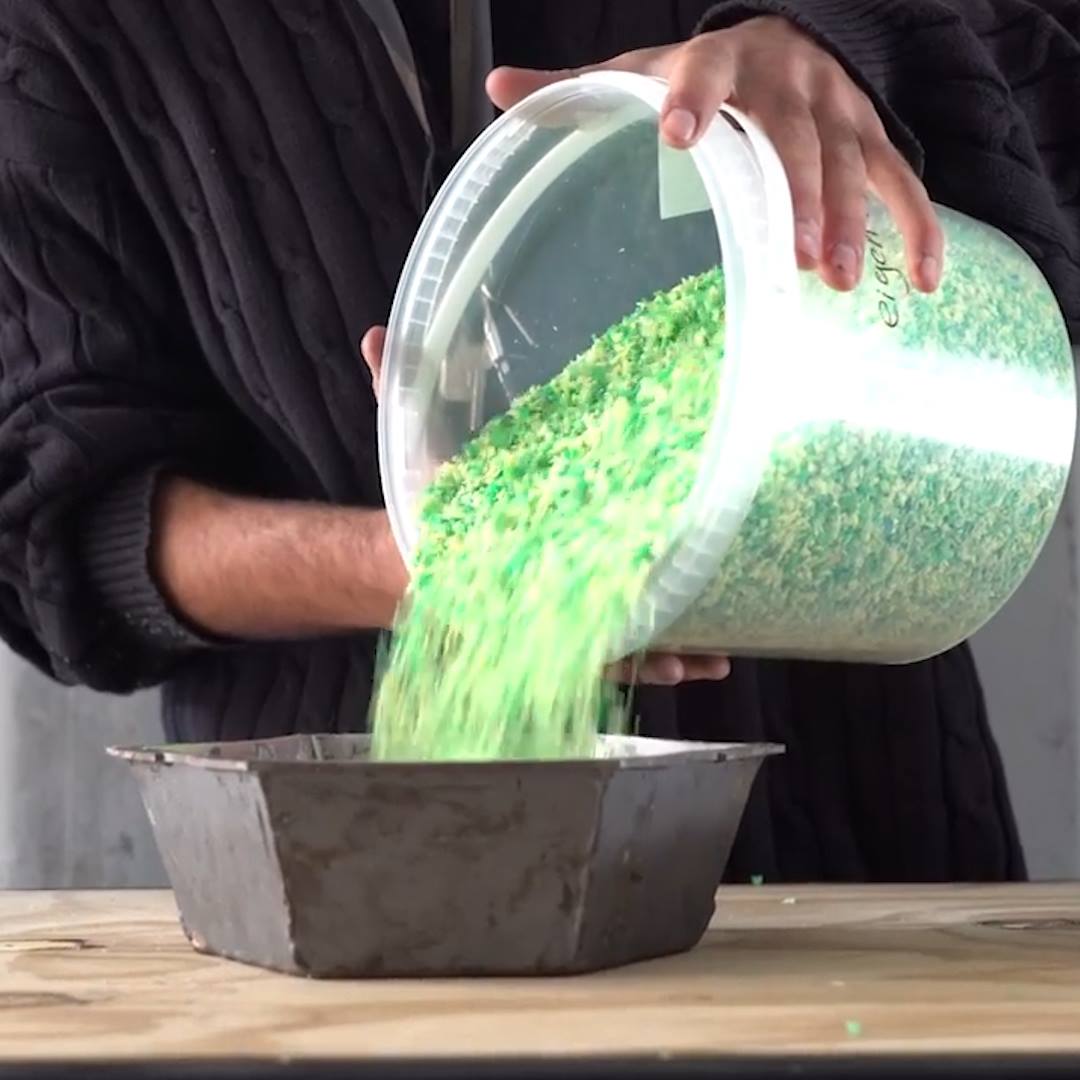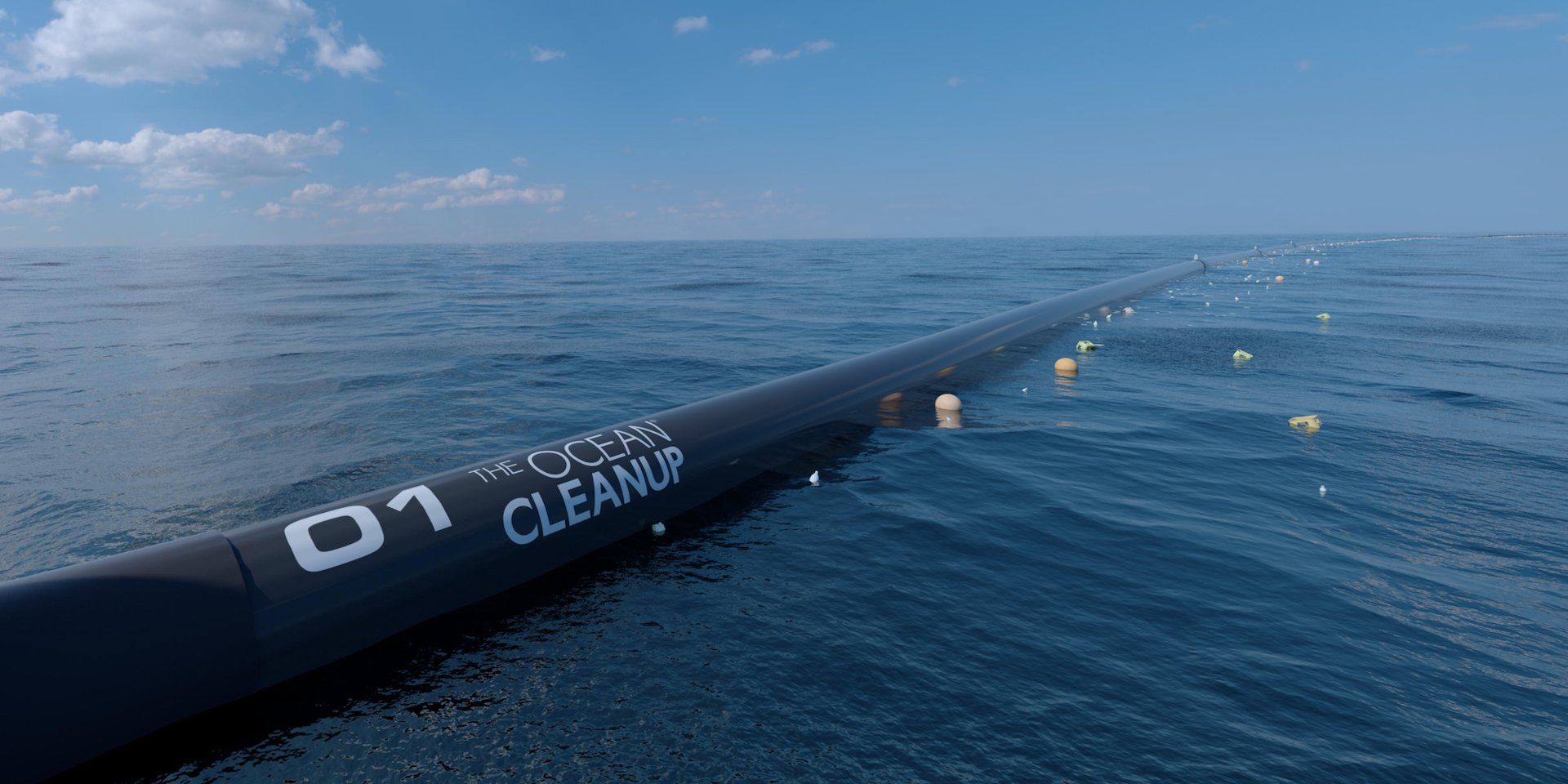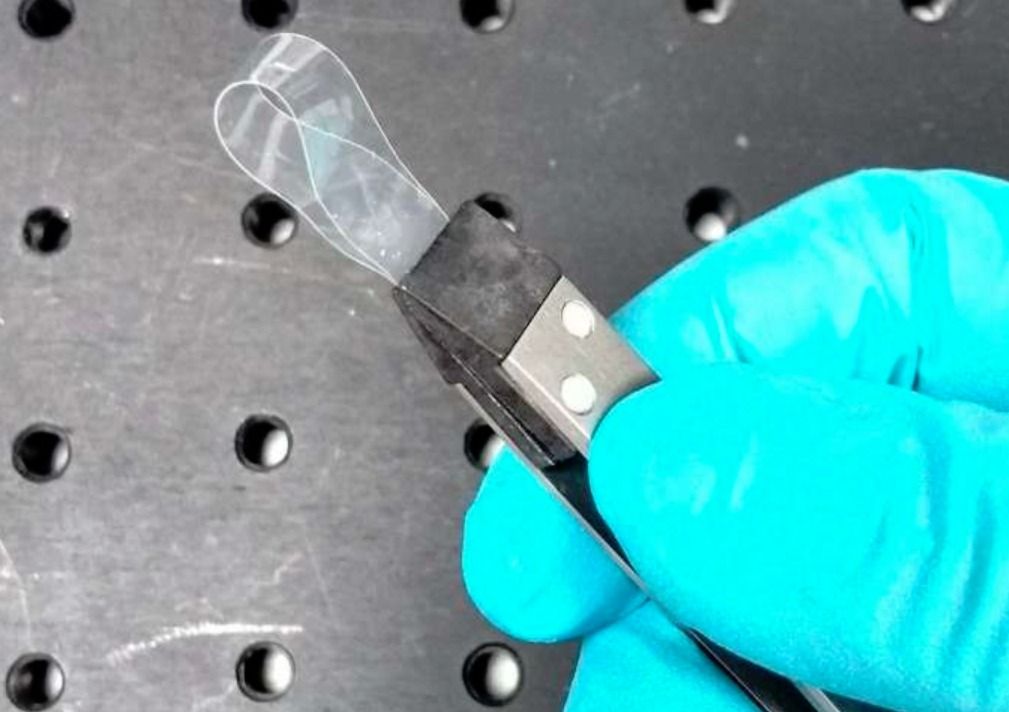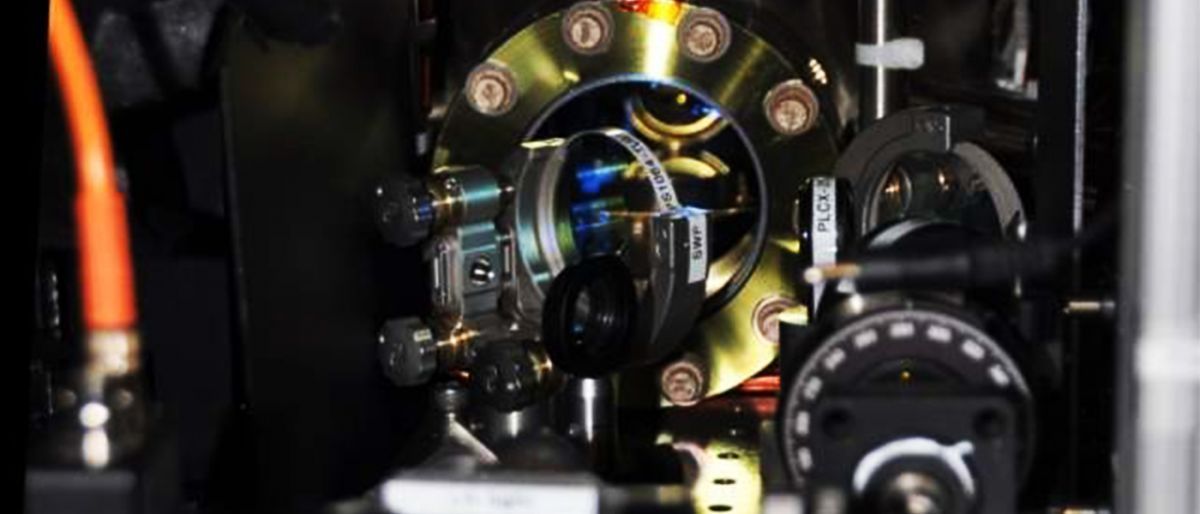Archive for the ‘materials’ category: Page 247
Dec 14, 2018
Computers could soon run cold, no heat generated
Posted by Klaus Baldauf in categories: computing, materials
Transistors, superconductors, and chip design have all seen efficiency breakthroughs this year. So much so, that we may see the cold-running computer before too long.
Dec 7, 2018
The substance that ‘can withstand 75 nuclear blasts’
Posted by Mary Jain in category: materials
The curious tale of a ladies hairdresser who invented a potentially world-changing material. Part one of six. Reported by Lee Johnson, produced, filmed and directed by Adam Proctor.
Dec 7, 2018
New 2D sensors can cover any smooth surface
Posted by Genevieve Klien in categories: electronics, materials
But researchers have a new way to keep the materials and their associated circuitry, including electrodes, intact as they’re moved to curved or other smooth surfaces.
The results of their work appear in the journal ACS Nano.
Dec 6, 2018
The massive ocean cleanup device invented by a 24-year-old is running into problems in the Great Pacific Garbage Patch
Posted by Genevieve Klien in category: materials
The Ocean Cleanup, which is trying to remove plastic from the Great Pacific Garbage Patch, ran into problems in its first month of deployment.
Dec 4, 2018
Scientists invented a new material that gets thicker as you stretch it
Posted by Shane Hinshaw in categories: materials, physics
Most of us think we have a pretty solid grasp on basic physics, and one of the assumptions we’ve come to form is that any material gets thinner as it’s stretched. It makes sense, since the same amount of material spread over a larger area would have to mean that there’s less of it in any one spot, right?
Not so fast. Researchers led by Dr. Devesh Mistry of the University of Leeds invented a new synthetic material that gets thicker as it’s being stretched. The material, which is described in detail in a new paper published in Nature Communications, is one of few that exhibit “auxetic” properties, which means they expand instead of contracting when tugged on from different directions.
Dec 1, 2018
Researchers Just Created a New Form of Matter
Posted by Genevieve Klien in categories: materials, particle physics
There’s a new form of matter out there and it’s called a supersolid. Born in the labs of researchers from the Massachusetts Institute of Technology (MIT), this new matter is seemingly a contradiction. The supersolid combines properties of solids and superfluids — or fluids with zero viscosity, thereby flowing without losing kinetic energy. Supersolids have previously been predicted by physicists, but have not been observed in a lab until now.
“It is counterintuitive to have a material which combines superfluidity and solidity,” says team leader Wolfgang Ketterle, the John D. MacArthur Professor of Physics at MIT and 2001 Noble laureate. “If your coffee was superfluid and you stirred it, it would continue to spin around forever.” Their research was published in the journal Nature.
To develop this seemingly contradictory form of matter, Ketterle’s team manipulated the motion of atoms in a superfluid state of dilute gas, called a Bose-Einstein condensate, or BEC. Ketterle co-discovered BEC, which won him his Noble prize in physics. “The challenge was now to add something to the BEC to make sure it developed a shape or form beyond the shape of the ‘atom trap,’ which is the defining characteristic of a solid,” Ketterle explained.
Nov 30, 2018
Researchers Turn Lobster Shells Into Biodegradable Plastic
Posted by Genevieve Klien in categories: cyborgs, materials
Plastic is a resilient and versatile material, but it’s not that great for the environment — not plastic that’s made from petroleum, anyway. But scientists are cooking up a better alternative.
Chitin, like plastic, is resilient and versatile. Chitin is found in everything from lobster and shrimp shells, insect exoskeletons, and squid beaks. Thanks to a team of Canadian researchers it may soon be found in plastic, too.
Scientists at McGill University in Montreal have developed a process that allows them to process chitinous things into eco-friendly plastic. Associate Professor of Applied Chemistry Audrey Moores told the CBC “it remains biodegradeable, so if it goes in the environment it’s not going to pollute.”
Continue reading “Researchers Turn Lobster Shells Into Biodegradable Plastic” »
This dark, tangled web spotted by NASA’s Hubble Space Telescope is a supernova remnant, created after a massive star ended its life in an explosion and threw its constituent material out into surrounding space. Discover more: https://go.nasa.gov/2G0nVgS&h=AT0m92-1V7h2Z6pdebGy-JSLFW…CsgI5QIBpg
Nov 29, 2018
Stone Tools at Arabian “Crossroads” Present Mysteries of Ancient Human Migration
Posted by Genevieve Klien in categories: materials, neuroscience
Scerri now knows when people dropped their tools on the barren ridge, but she can only speculate as to just who they were.
“The hominins responsible for the Acheulean at the site made their way into the heart of now arid Arabia by following lake and river channels. Once there, they climbed up the largest dyke, which was also a source of raw material,” she says. The toolmaking site they created there, perched at a lofty vantage point from which they could observe the surrounding plains, hints at how they may have thought and lived. “We don’t know which hominin taxon made these tools, but what we can say is that the hominins were resourceful and intelligent,” adds Scerri, of the Max Planck Institute and the University of Oxford.
Why these hominins took such a route at all is another area of intriguing speculation. “Although Arabia was wetter when these hominins were at Saffaqah, it was still a marginal environment,” Scerri says. “Were they pushed to the margins by larger brained hominins elsewhere, such as Neanderthals or even Homo sapiens in Africa?”

















